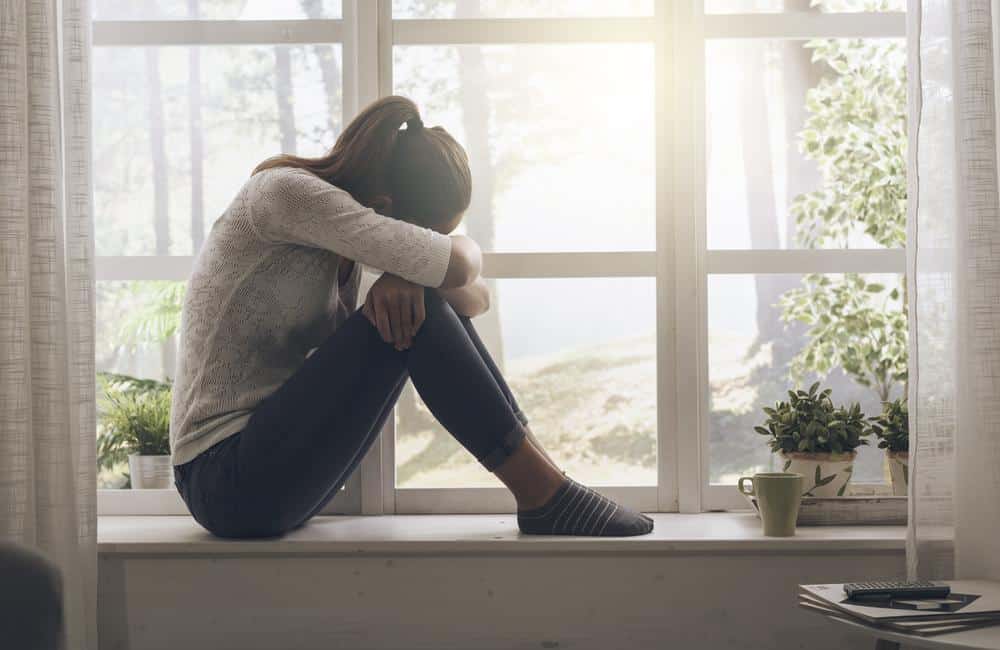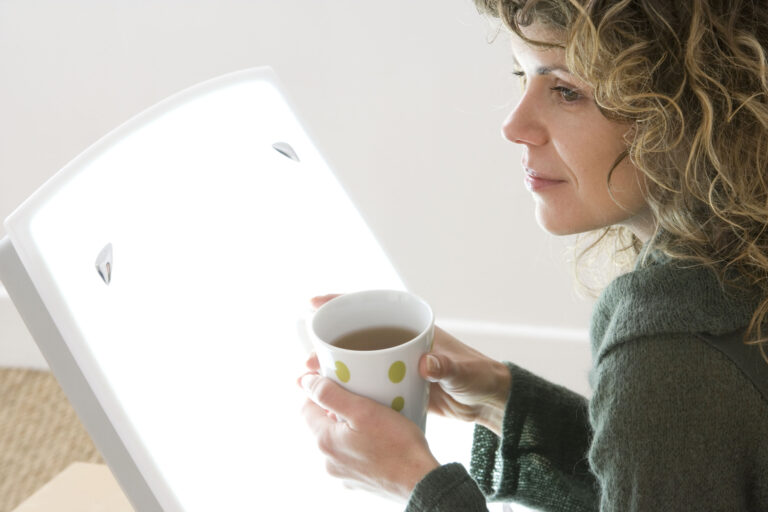
Yes it is that time of year again.
Twice a year most of us have to change our clocks forward or back. We complain about it, we moan about it, some of us are trying to do away with it but it is still here. Those of us with SAD fall into 2 camps, those who prefer extra light in the morning and those who miss the light in the evenings.
So here are some of the tips that I use myself to survive the time change and a little history about why we do it in the first place.

The idea of summer time was first raised as a joke in the 18th century by Benjamin Franklin who proposed saving candles by moving the time back to take advantage of the early morning light.
It kept coming up every so often as a way to save money or save energy but wasn’t really taken seriously until the First World War. I wonder what the residents of Port Arthur, Ontario thought when they became the first city to use Daylight Savings Time (DST) in 1908.
In 1916 first the Germans, and gradually parts of Europe and their Allies moved to summer time in order to conserve coal for the war effort and to reduce the hours of blackout needed. Once the war was over however, most countries dropped it again. Britain was one of the countries who continued on with it. However, the thought was now there, and by WW2 for similar reasons it was brought back again. In the 1970’s the energy crisis tipped the balance and most countries began a version of summer time. People also discovered that they had more daylight hours in the evening to socialise or play sports.
Is Permanent Daylight Time Really The Solution?
Many people think that Summer time, or Daylight time is the ‘real time’. I hate to disillusion you but it is not. So when we put our clocks back we are actually going back to ‘real time’ or ‘natural time’.
So that’s the potted history of the time change – on to my top tips.

Remember. SPRING forward, and FALL back to get your direction.
If you have pets or small children and enough time, start transitioning them now by moving their meals, bedtimes & other routines by 5-10 minutes each day. That way hopefully you will not get woken up at their 6.00 a.m. which is now your 5.00 a.m in November. You might be looking forward to an extra hour but their body clocks didn’t change just because our timers did.

Please DON’T stay up later on Saturday night because you think you are getting an extra hour to sleep in.
You are only fooling yourself. Go to bed at your normal time.
My most important tip!
This comes last but is actually my most important tip and I’ve been doing this every time change for years.
WAIT UNTIL YOU GET UP BEFORE YOU CHANGE THE CLOCKS! Wait. What!

The change is always at 2:00 a.m. in the morning and because of this the majority of people will change their clocks over when they go to bed. Then they think they have an extra hour and stay up accordingly. And then the alarm goes off an hour earlier than they are ready for so we start the day already feeling groggy.
Honestly, I’ve found that waking up naturally at my normal time and then changing the clocks over makes it far easier to deal with. I don’t change all my clocks at once either, it usually takes me at least a week.
Also take the opportunity to check your smoke alarms and replace batteries if necessary as you go around changing your clocks.
If you are worried that you will miss church then try going to the Saturday service if they have one, or a later Sunday service. Try not to schedule much on Sunday morning and try not to pack too much into the next few days. Take it easy on yourself. For the first week let your children go to bed with their body clock, which might be earlier than the clock time, yes this does mean that they may also wake up an hour earlier than you would like but by the end of the second week the internal clocks should have balanced out and you will be back to normal. All ready to do this over again next spring!







